When choosing a four-legged companion, potential pet owners often consider factors like temperament, intelligence, and energy levels. Two breeds that frequently come up in these discussions are the Blue Heeler and the Border Collie. Though they share a common prowess in agility, obedience, and herding, these breeds are distinct in many ways.
Originally bred for working livestock, both breeds have a respected history and have adapted to various roles in society, ranging from family pets to service dogs.
The Blue Heeler, also known as the Australian Cattle Dog, is renowned for its resilience and ability to control cattle across vast landscapes. On the flip side, the Border Collie is celebrated for its keen intelligence and extraordinary herding capabilities, adapting to numerous environments.
Beyond their working skills, each breed has its own unique set of physical characteristics and personality traits which affect their training, exercise needs, and compatibility with families. So with that in mind, let’s take a deeper look into the Blue Heeler vs Border Collie dog breed comparison.
So, let’s take a deeper look into the Blue Heeler vs Border Collie dog breed comparison.
Key Takeaways
- Border Collies and Blue Heelers are intelligent breeds with high exercise needs
- Each breed exhibits unique physical and temperamental traits
- Consideration of health, care, and family compatibility is crucial when choosing between the two
Origin and History
When one begins to explore the rich tapestry of the canine world, it’s the fascinating origins and histories of the Australian Cattle Dog and the Border Collie that often capture their attention. These breeds emerged from a need for capable herding dogs in different parts of the world, shaping their development through the eras.
Australian Cattle Dog History
The Australian Cattle Dog, also known as the Blue Heeler, is a breed that truly embodies the spirit of Australia. With the expansion of the cattle industry in the 1800s, Australian ranchers needed a robust dog capable of herding livestock over vast and rugged terrains. They began by crossing domestic dogs with dingoes, creating a hardy and resilient breed.
Originally referred to as the Hall’s Heeler, after Thomas Hall – the man who started breeding them – the Blue Heeler has since become an iconic Australian herding dog. Another name you can find this dog breed is Queensland Heeler. Nowadays, depending on the coat color, we have Blue Heeler and Red Heeler. The American Kennel Club recognizes both colors, but under the same dog breed.
Border Collie Evolution
The Border Collie has its roots in the British Isles, with a lineage that can be traced back to a dog known as Old Hemp. Born in 1893, Old Hemp was a tricolour dog renowned for his intelligent herding instinct. He impressed many shepherds with his quiet and effective working style, traits that have become hallmarks of the breed.
With a stellar reputation, he became a stud dog that heavily influenced the Border Collie bloodline, solidifying the breed’s status as an exceptional herder across England, Scotland, and Wales. Today, they are celebrated for their remarkable intelligence and agility. The Border Collie comes from the same lineage as the Shetland Sheepdog, Rough Collie, Bearded Collie, and other English herding dogs.
Physical Characteristics
In comparing the Blue Heeler vs Border Collie dog breed, one will find distinct differences and unique qualities in their appearances, sizes, weights, and coats. These breeds have been shaped by their working environments, leading to the physical adaptations we see today.
Appearance
The Blue Heeler, also known as the Australian Cattle Dog, has a sturdy and compact shape, with a muscular build that’s just perfect for a full day’s work. They often have a striking appearance with a mottled pattern that includes black, blue, or tan.
The Border Collie, on the other hand, is recognized for its graceful and well-balanced form. They have an alert stance with their ears perked and eyes that are always taking in their surroundings.
Size and Weight
| Breed | Height (Males) | Height (Females) | Weight |
|---|---|---|---|
| Blue Heeler | 18-20 inches | 17-19 inches | 35-50 pounds |
| Border Collie | 19-22 inches | 18-21 inches | 30-55 pounds |
Sizes can vary, but generally, Border Collies are slightly taller than Blue Heelers, giving them a more slender appearance. Both breeds exhibit a range of weights that match their medium-sized build, but as always, individual pups may be outside these averages.
Coat and Color
Both breeds have a double coat to protect them against harsh weather. The Blue Heeler sports a short, dense outer layer with a thick, soft undercoat. They come in blue or red speckle patterns.
The Border Collie‘s coat can be smooth or rough, and they can certainly turn heads with their beautiful black and white coats, although they can come in a variety of colors and patterns.
Their undercoat is softer and denser, but it’s their longer outer coat that really catches the eye and gives them a slightly shaggier look.
Both breeds will shed, particularly as seasons change, so a good brushing routine will keep their coats looking tip-top and minimize fur around the house.
Personality and Temperament
When considering a Blue Heeler or a Border Collie puppy, one enters a world where loyalty meets intelligence. Both breeds are like whiz kids of the dog universe, with fast-moving paws and even sharper minds. Their instinct to herd comes hand-in-hand with a zest for life that can’t be ignored.
Let’s delve a little deeper into each of their unique traits.
Blue Heeler Traits
Blue Heelers, or Australian Cattle Dogs, are the very embodiment of loyalty and protective instincts. They are incredibly intelligent and always yearn for a job to do, which reflects their working dog heritage.
- Temperament: Naturally alert, the Blue Heeler is a guardian for their family—loyal to the core and sometimes wary of strangers
- Energy Level: High energy, they require plenty of exercise and mental stimulation
With a focus that can only be described as laser-like, they channel their energetic and sometimes independent nature into tasks with an impressive intensity. While they love play, they also thrive on structure and clear expectations.
Border Collie Behavior
Border Collies, known widely as the smartest dog breed, are workaholics that showcase both brainpower and boundless energy.
- Temperament: They’re known for their intelligence, intense focus, and keen ability to learn and execute commands
- Energy Level: Very high; they need regular exercise and challenging activities to stay happy
Their playfulness and affection make them great companions, as long as they have enough space to run and play. A touch more sensitive than their Blue Heeler counterparts, Border Collies often form very close and loyal bonds with their owners. They have a natural talent for agility dog sports, and their focus in activities is second to none.
Training and Exercise Needs
Both Border Collies and Blue Heelers are intelligent breeds with high energy levels, making rigorous training and exercise essential. They thrive on mental stimulation and physical activity, so let’s explore how to keep these dogs happy and healthy through their dog training and exercise routines.
Training Regimens
Border Collies are known for their remarkable intelligence and eagerness to learn, which generally makes them quite easy to train. They excel in herding due to their instinctive drive and benefit greatly from positive reinforcement techniques.
When training a Border Collie, one should focus on:
- Consistency in commands
- A variety of mental challenges
- Regular engagement in tasks that utilize their natural herding instincts
On the flip side, Blue Heelers are sturdy and resilient, often showing a more independent nature.
Training a Blue Heeler requires:
- A firm, patient hand to harness their headstrong attitude
- Activities that cater to their protective instincts
- Early socialization to bolster their confidence around strangers
Exercise Requirements
For Border Collies, their exercise needs go beyond physical to encompass mental stimulation:
- Daily walks that are long and engaging
- Agility training to challenge their minds and bodies
- Herding activities, which they are naturally inclined to enjoy
In contrast, Blue Heelers need exercise that reflects their tough, work-oriented breeding:
- Structured play that simulates their herding environment
- Intense physical activities like running and fetching to burn off energy
- Engaging tasks that make use of their alertness and guard dog capabilities
Health and Care
When it comes to the health and care of Blue Heelers and Border Collies, pet parents should pay attention to a few breed-specific health issues, grooming needs, and their nutritional requirements. Keeping abreast of these can help ensure a happy, healthy life for these active and intelligent dogs.
Common Health Issues
Blue Heelers and Border Collies are generally hearty breeds, but they do have some health concerns to watch for.
Blue Heelers are prone to hip dysplasia, a condition affecting the hip joint, and progressive retinal atrophy, which can lead to blindness. They may also face a risk of deafness.
On the flip side, Border Collies share a risk of hip dysplasia and are susceptible to Collie eye anomaly, an inherited eye condition, as well as epilepsy.
- Hip Dysplasia: Screenings are recommended for both breeds
- Progressive Retinal Atrophy/ Collie Eye Anomaly: Regular eye exams can help catch early signs
- Deafness/Epilepsy: Look out for symptoms and consult with a vet for management
Grooming and Shedding
Both breeds have their own grooming needs to help keep shedding under control and their coats looking nice:
- Blue Heelers:
- They have a short to medium coat.
- You should brush them weekly to remove dead hair and distribute skin oils.
- Border Collies:
- They have a medium to long coat
- Brush them a few times a week to prevent tangles and mats
Shedding occurs for both breeds, with seasonal shedding being more prominent. You should increase grooming frequency during these times to help manage their undercoats.
Nutritional Needs
Proper nutrition is crucial for the health of any dog, and these breeds are no exception. They require a balanced diet rich in protein to support their active lifestyle. Key points include:
- High-Quality Protein: Supports muscle maintenance and repair
- Healthy Fats: For energy and coat health
Owners should consult with a veterinarian to determine the specific nutritional needs of their dog based on age, weight, and activity level. Regular check-ups and a consistent, nutritious diet are foundational to maintaining their health.
Compatibility with Families
When it comes to finding a new four-legged addition to the family, it’s crucial to understand how a breed typically interacts with children, other pets, and the kind of living space it can thrive in. Let’s take a peek at both the Blue Heeler and the Border Collie from a family perspective. No matter which herding breed you will choose, your family will benefit.
Children and Other Pets
Blue Heelers and Border Collies usually form strong bonds with their families, brimming with loyalty and affection. With their active nature, they can make excellent playmates for children, provided the children are a bit older and respectful of a dog’s boundaries; these breeds can be a bit too boisterous for toddlers.
- Border Collies
- Need thorough socialization as puppies to curb potential shyness or nervousness around strangers
- Their herding instinct may lead them to nip gently at children’s heels; this isn’t aggression but instead, a herding behavior that can be managed with proper training
- Blue Heelers
- Also known as Australian Cattle Dogs, they are watchful and may be protective around kids when strangers are present
- They can be a great match for a family dog, especially if raised together, but their strong herding instinct can sometimes lead to chasing, which requires monitoring
Adaptability to Living Spaces
Both the Blue Heeler and the Border Collie dog breeds are versatile but they do best when they have a job to do or ample space to release their energy. They aren’t typically suited for apartment living unless their exercise needs are carefully managed with regular, vigorous activities. Because of their history as a working dog and herding dog, they need something to do.
- Border Collies
- They crave mental stimulation along with physical exercise; boredom can lead to destructive behavior
- Ideally, they need a home with a backyard but with solid training, they can adapt to various living situations
- Blue Heelers
- They are slightly less demanding in space needs than Border Collies, but still require significant exercise
- Known for their adaptability, they can be happy in a range of homes as long as they’re provided with enough activity and companionship
Role in Society
The Blue Heeler and Border Collie are more than just companions; they serve important roles in society through their remarkable working and herding skills and competitive spirit in various sports.
Working and Herding Roles
Blue Heelers and Border Collies have a natural herding instinct that makes them indispensable on farms and ranches. They show off their herding abilities by adeptly managing livestock, using different techniques: Border Collies often employ an intense stare to control animals, while Blue Heelers are known to nip at the heels—hence their name—to keep cattle moving. Both breeds are also valued as guard dogs, protecting their charges with vigilance.
- Herding Instinct: Both breeds instinctively excel in organizing and moving livestock
- Guarding: Their protective nature also makes them effective at keeping their wards safe
Sports and Competitions
In the realm of sports and competitions, these dogs’ athleticism shines. They both thrive in herding trials, where their natural talents are on full display. Border Collies’ agility and speed make them standouts in agility courses, and both breeds demonstrate impressive work ethic and focus, engaging in search and rescue when trained.
- Herding Trials: A showcase of their innate herding abilities
- Agility Courses: Border Collies, in particular, use their swiftness and grace to excel
Choosing the Right Dog
When selecting a companion puppy from breeds like the Blue Heeler or Border Collie, prospective owners need to weigh their lifestyle, energy levels, and the work these dogs were bred to do. Both breeds share traits that make them suited for active families, but their needs and characteristics vary.
Considerations for Prospective Owners
Selecting the right dog breed is paramount. Blue Heelers and Border Collies are medium-sized, high-energy dogs requiring significant commitment. They thrive on activity and playtime, but without it, can exhibit destructive behavior. Here’s what to consider:
- Energy Levels: Both breeds are energetic, with a propensity for jobs such as herding cattle, which makes them fantastic for active owners or farmers
- Maintenance: Expect a high maintenance dog; they require mental stimulation, physical exercise, and regular grooming
- Lifespan: Generally, these breeds can be your companion for approximately 12-15 years, depending on health and genetics
- Health Considerations: It’s important to screen for hereditary eye disorders, a concern in both breeds. Consult the American Kennel Club or National Kennel Club for breed-specific health information
- Temperament: Border Collies are focused and agile, while Blue Heelers are sturdy and resilient. Both demand early socialization
- Popularity: Their popularity might affect availability, which can be seen through trends on social media and adoption rates
- Versatility and Size: Versatility is a hallmark of both breeds, making them adaptable to various living situations despite being medium-sized dogs
Rescue and Adoption
Adoption can be a rewarding way to find a pet, and many specific breeds find their way into rescue organizations.
- Adoption Rates: They can fluctuate, so checking in frequently with local shelters or breed-specific rescues is wise
- Crossbreeding: Blue Heeler dogs or Border Collie dogs that are the result of crossbreeding in shelters can affect size, temperament, and energy levels
- Litter Size: Both dog breeds tend to have litters averaging around 4-8 puppies, which can influence the number of dogs available for adoption
Before making a decision, visit local rescues, and spend time with the dogs to gauge their personality and how well they might mesh with your lifestyle.
It’s also vital to understand that while adoption has a feel-good aspect, these dogs may come with past experiences that shape their behavior.

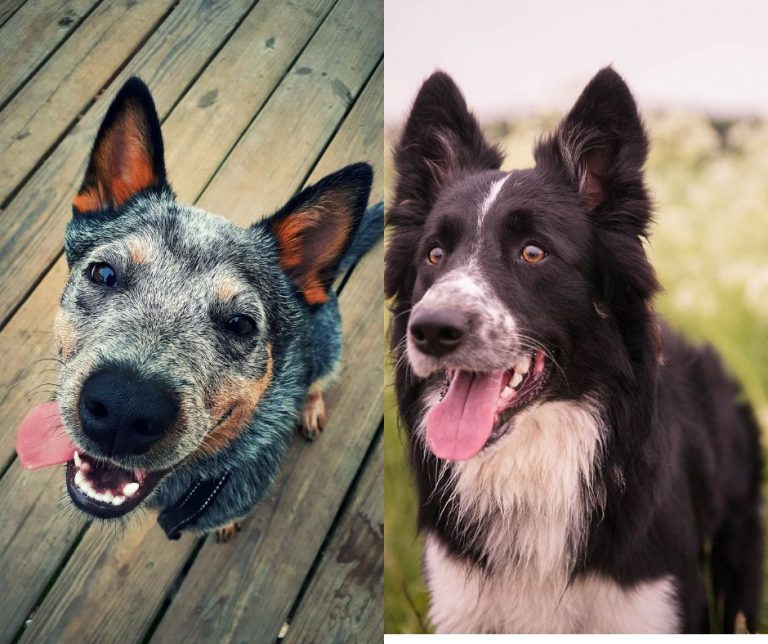
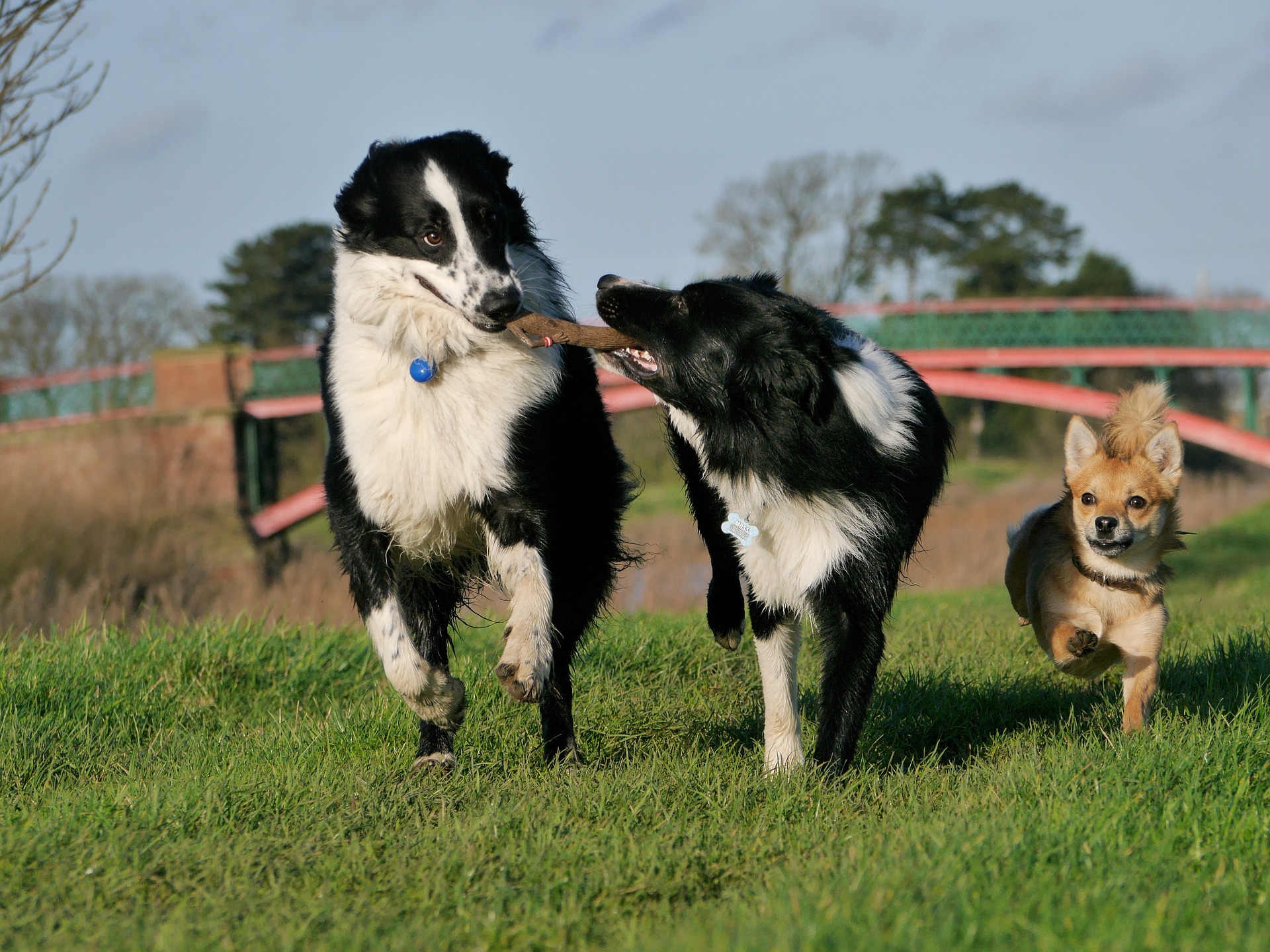
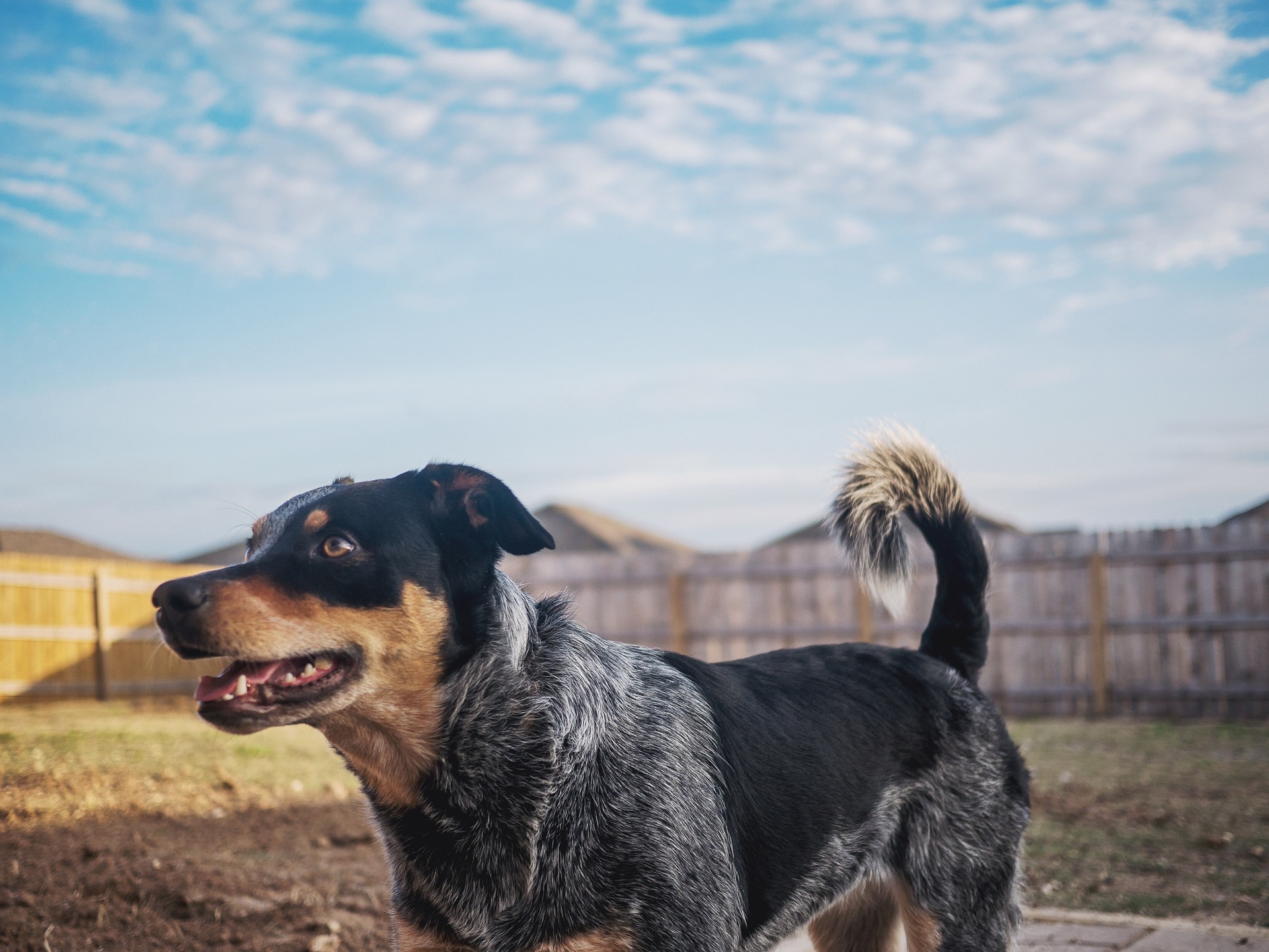
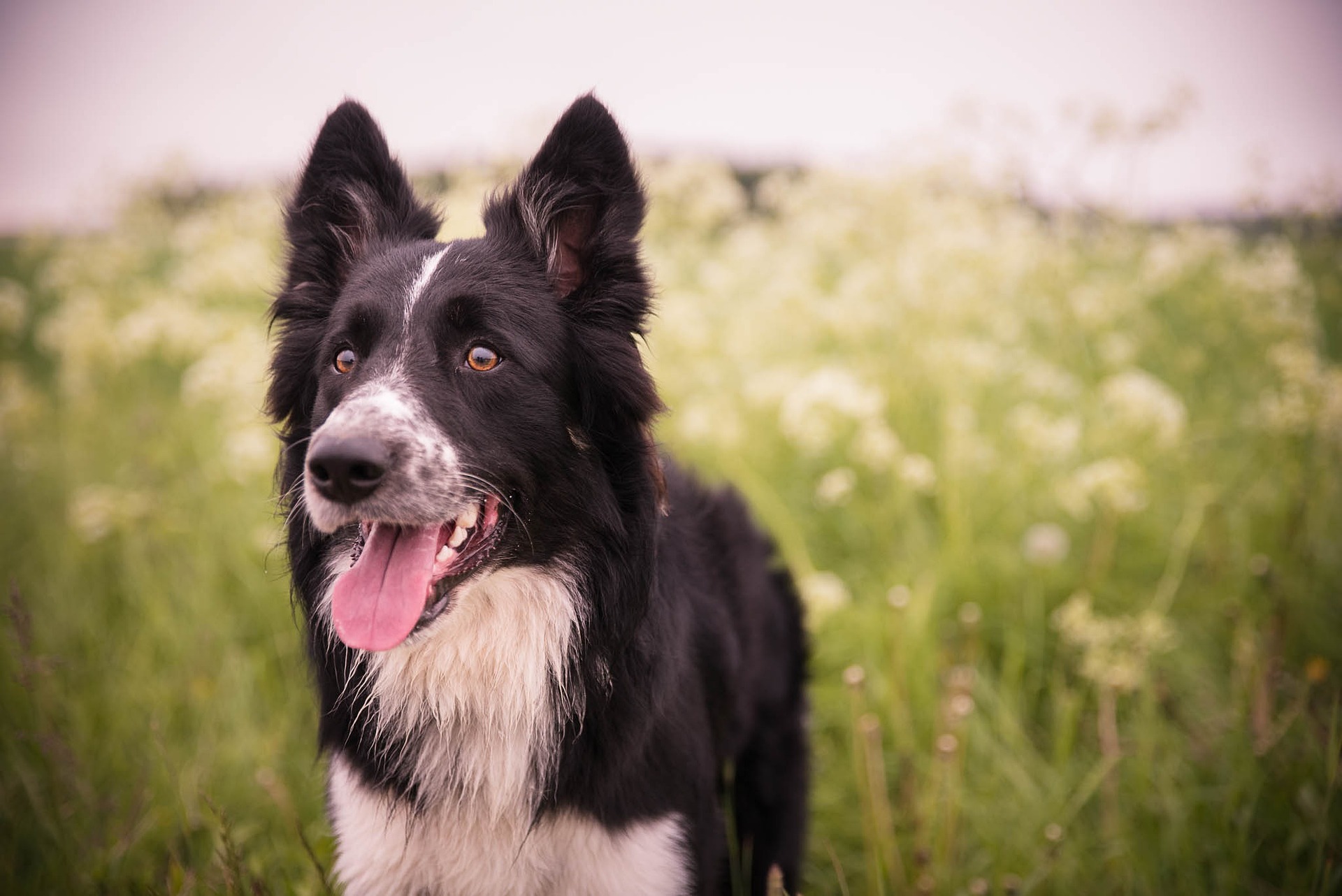
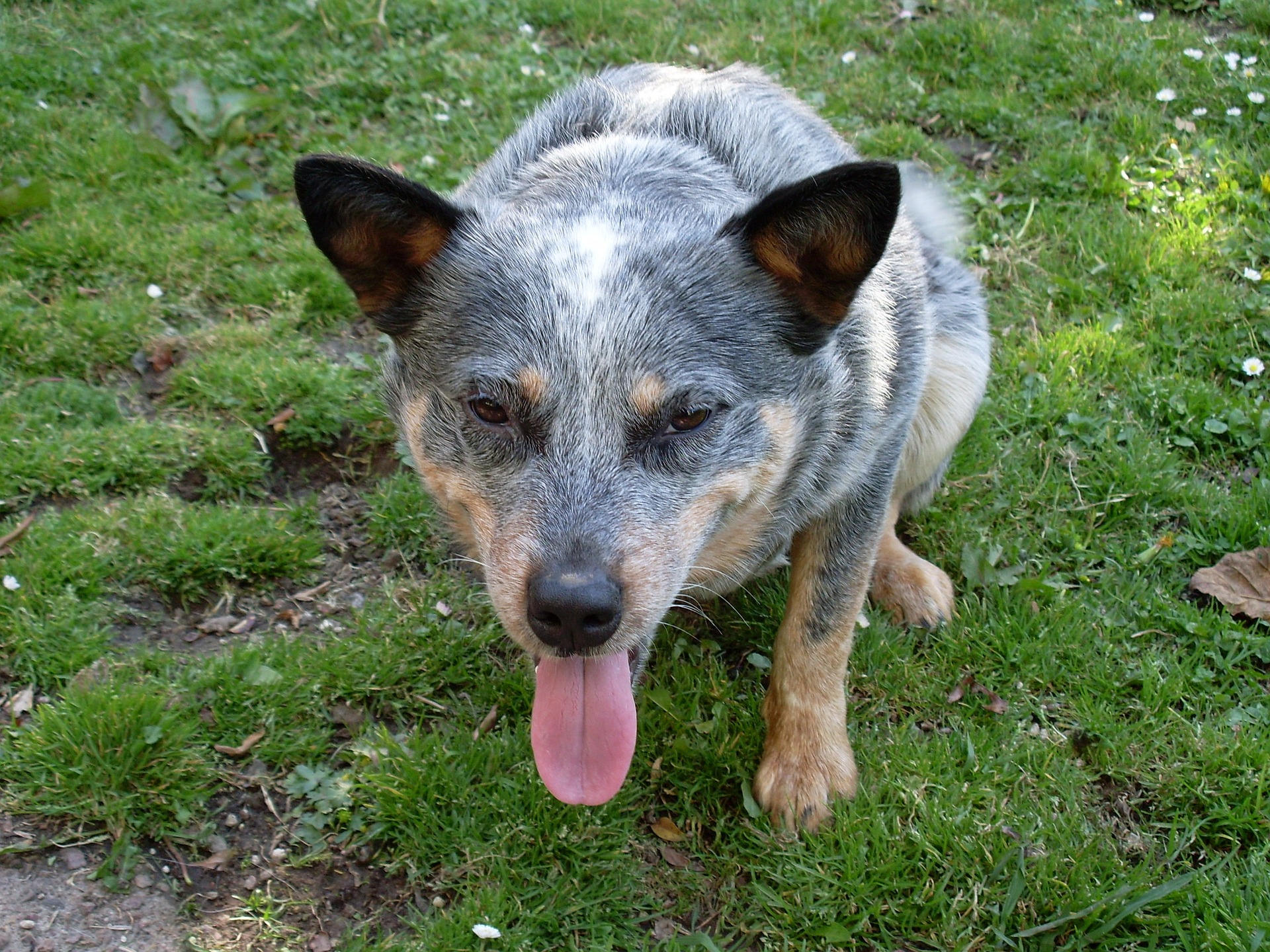
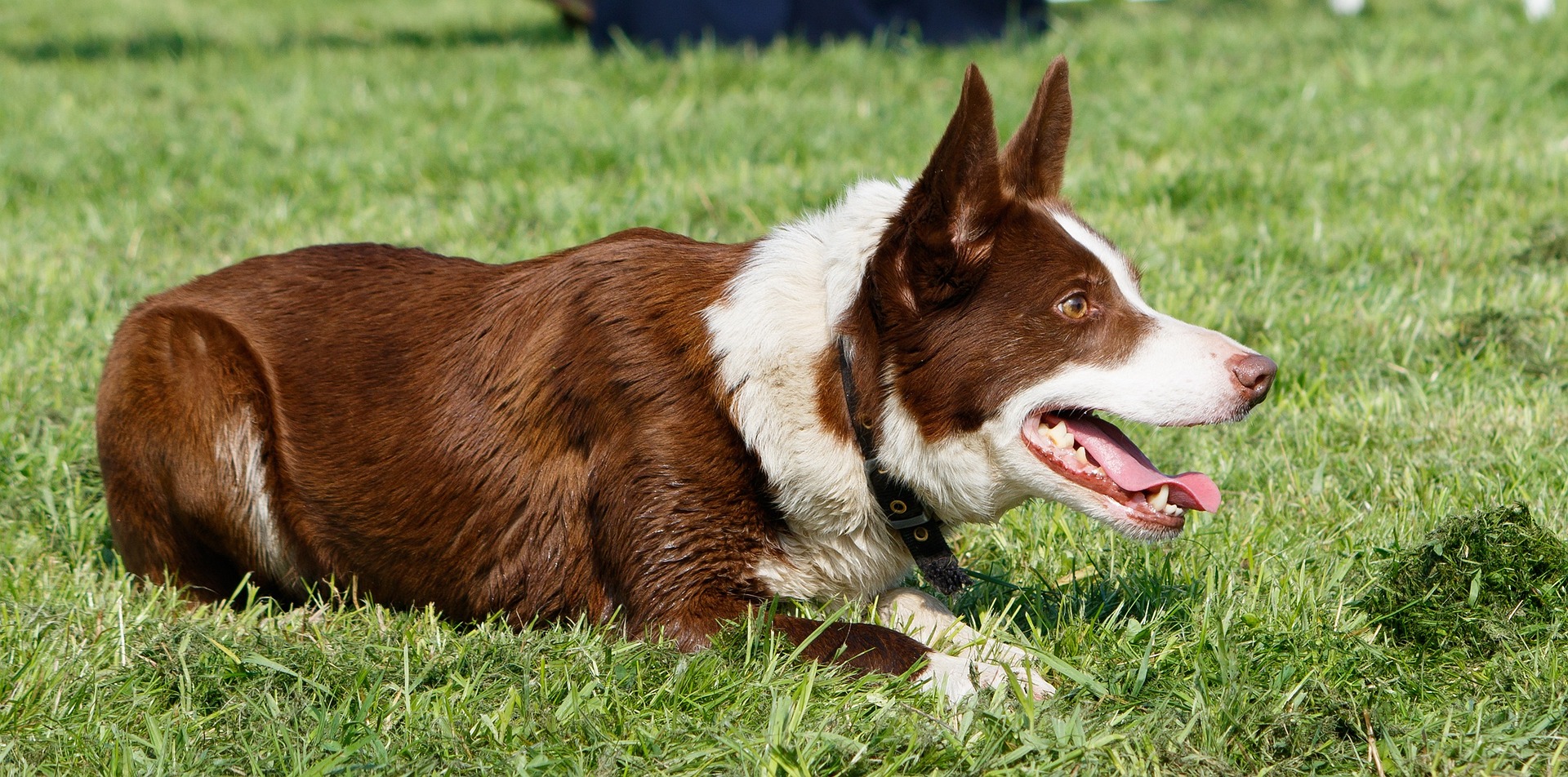
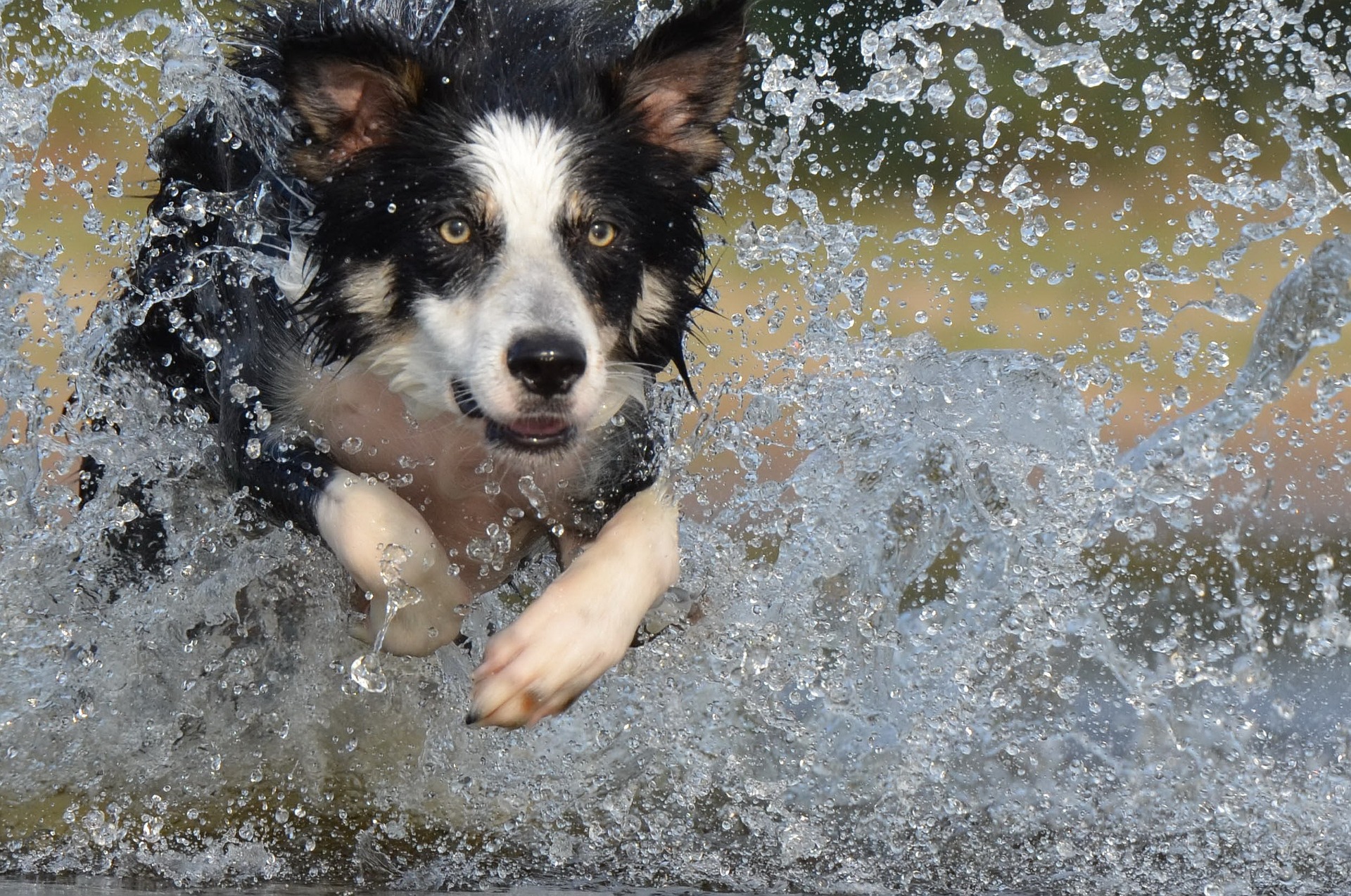
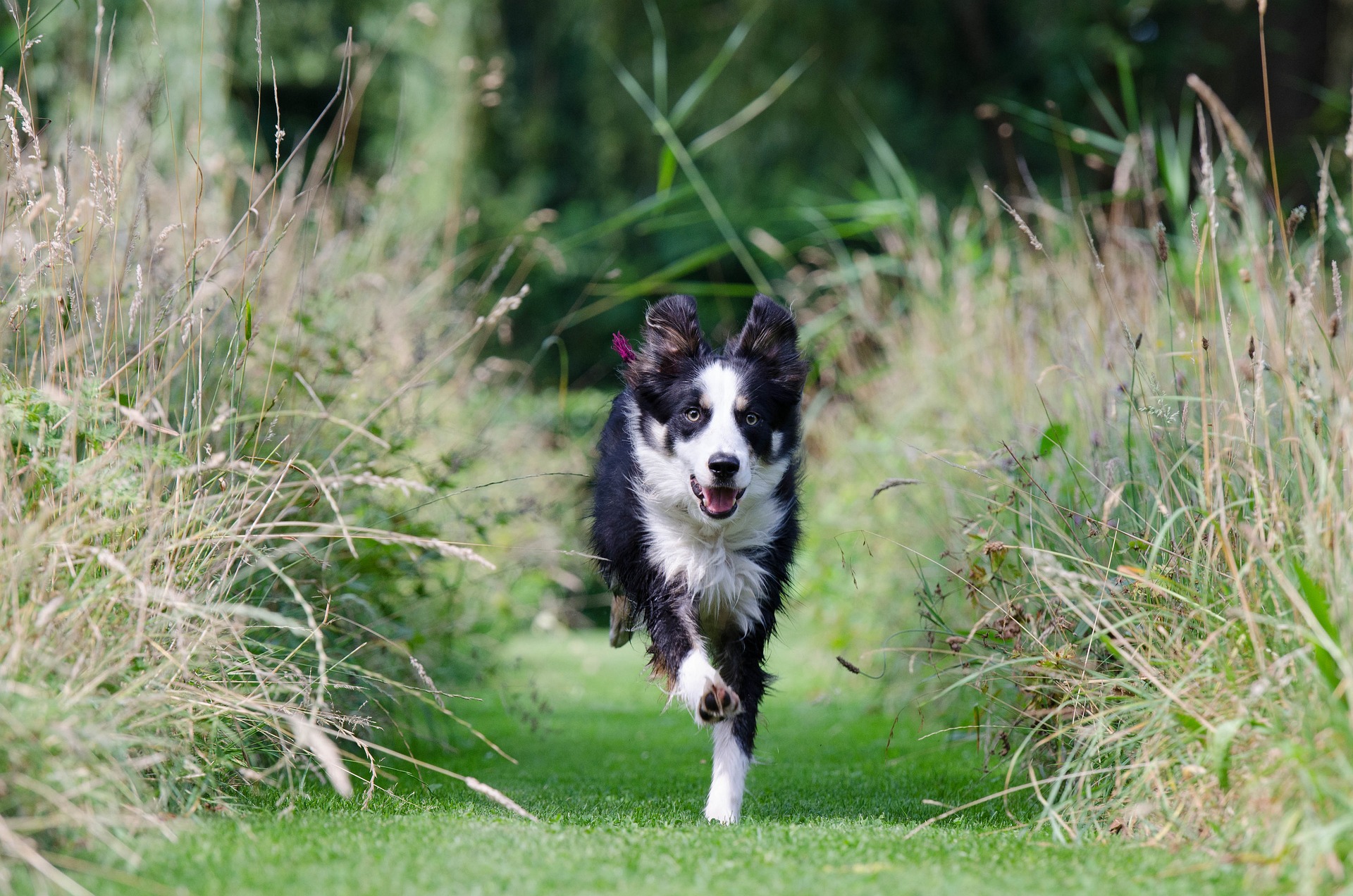
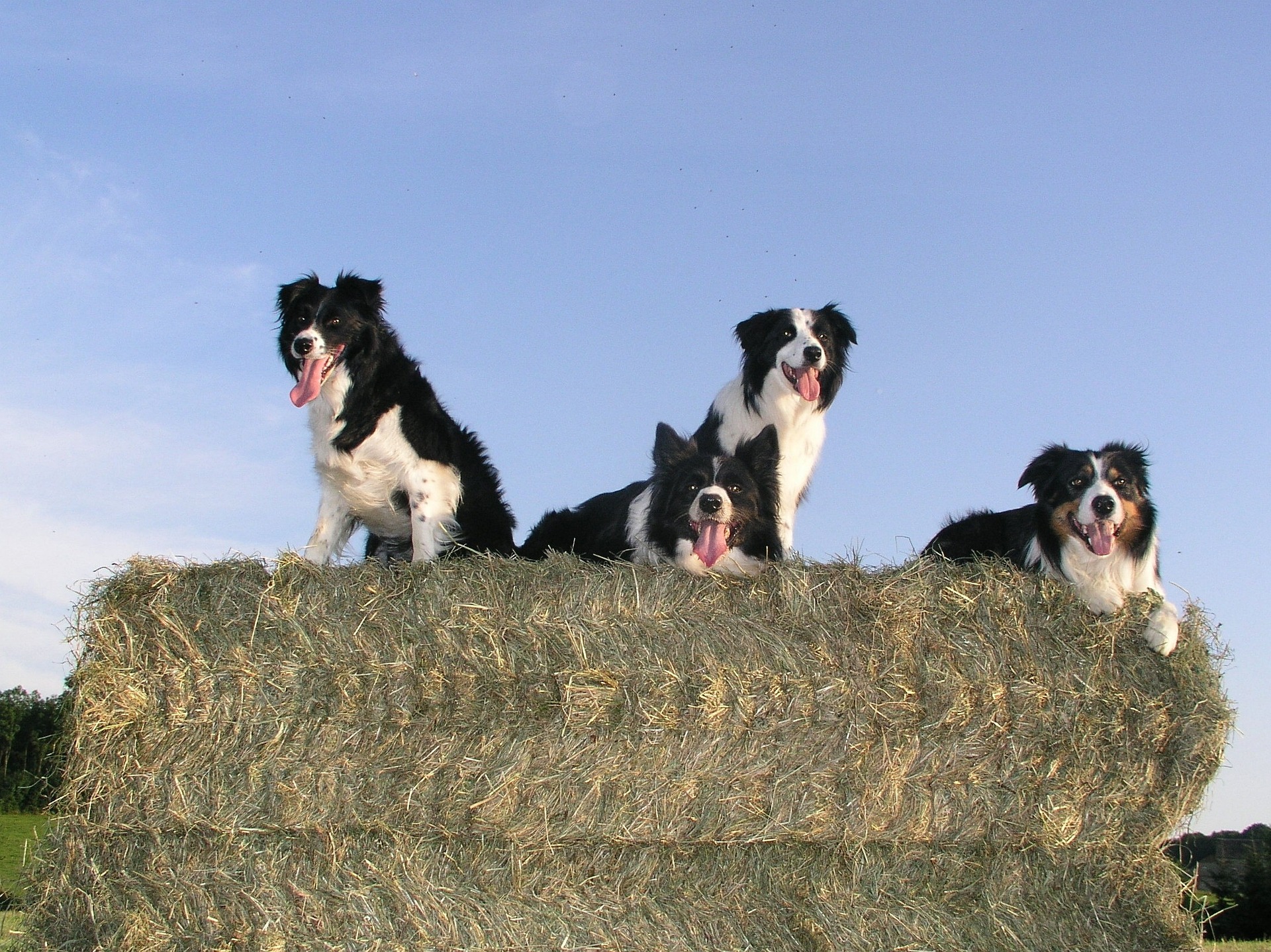
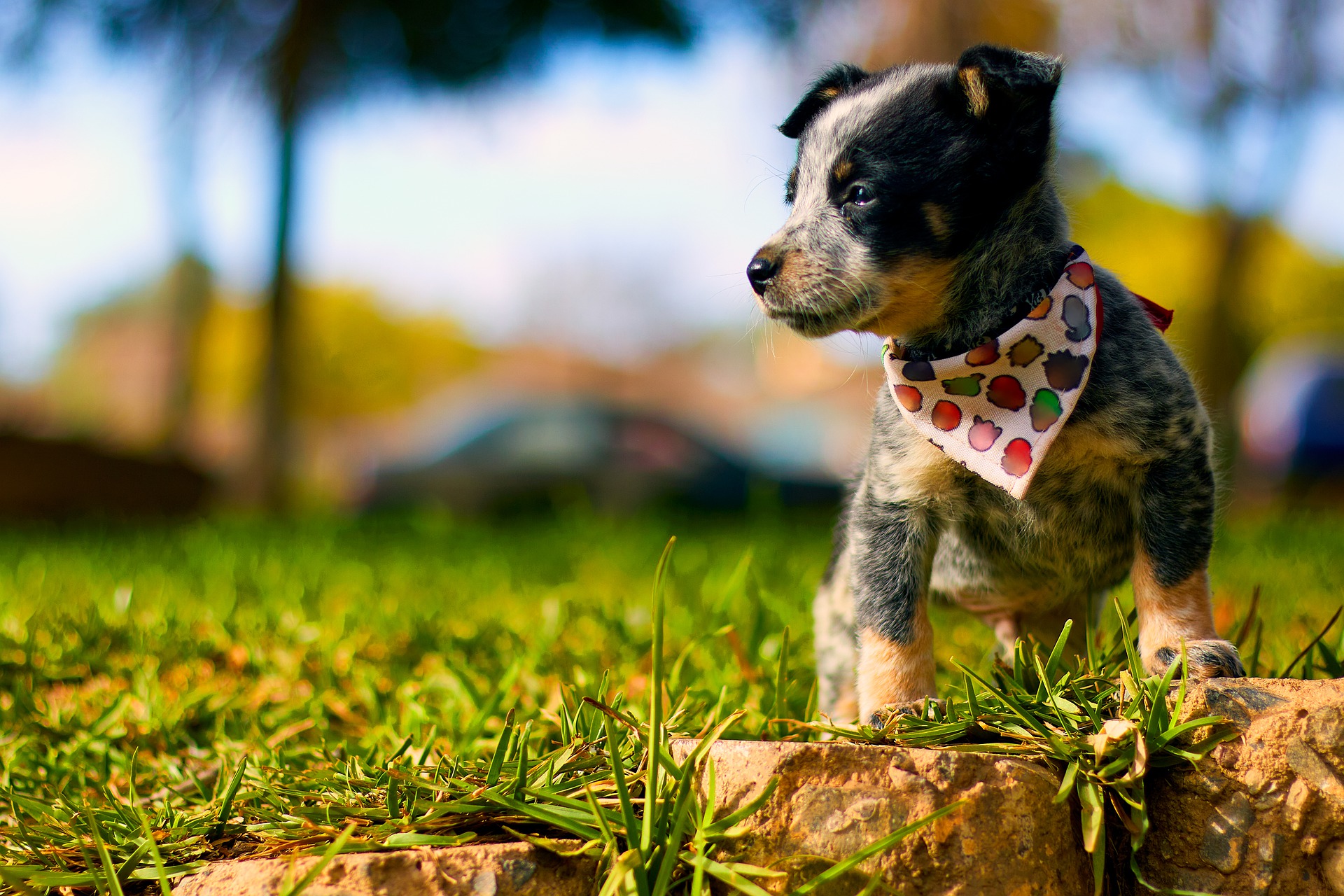


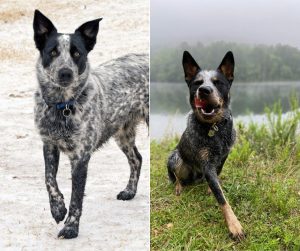
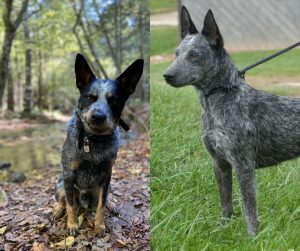
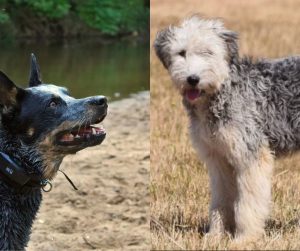

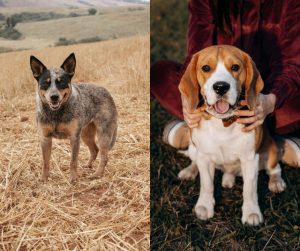
2 Responses
I have a heeler mix. He nips at the heels in the home, when he selects someone to herd. He doesn’t like my mom, 92, to leave her room for the bathroom, he has nipped. Needless to say, he is now a country boy.
Awesome 🙂 the country life is more suited to his needs to be honest 🙂